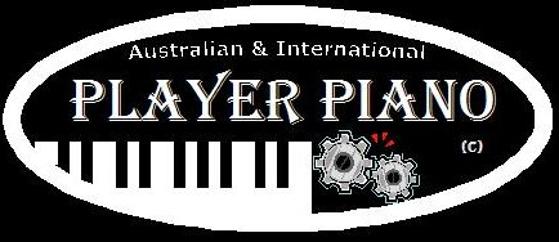
Different players
There are more player piano mechanisms than there are days in the year. Each brand unique, and each reaching the same goal, in many different and novel ways..... to play piano music...
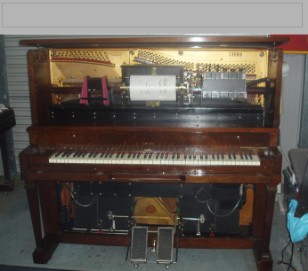
Autopiano player installed in a Crown piano Circa 1927. Fully restored.
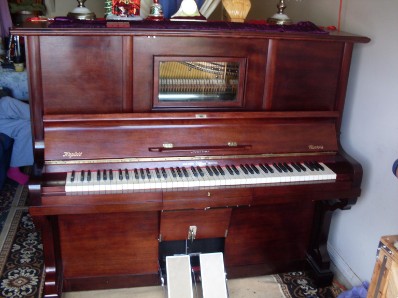
Thürmer Hupfeld Claviola. Circa 1920. Fully restored. This piano has an system to lower the pedals as the trap door opens and to raise and retract them when the door is closed. A very stylish touch.
Bottom tier of an Aeolian Weber Grand stack, recovered. Note the brass elbows are glued in with burnt shellac.
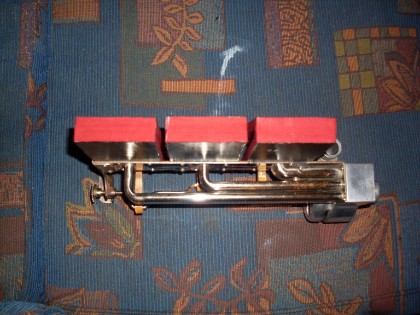
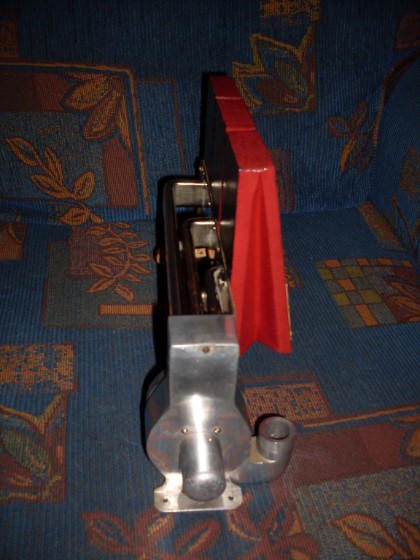
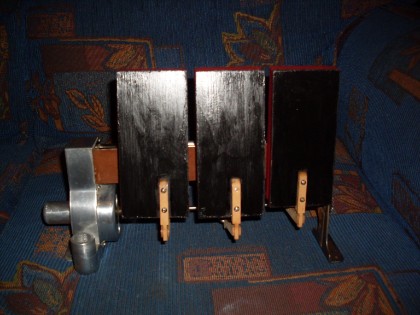
Interesting and simple in design, this is a wind motor from a 1908 Hupfeld player. The motor employs a rotary valve system, very similar to the Gulbransen wind motor. Also features rear or side vacuum feed, by simply swapping an aluminium stopper between inlets, possibly for use on different stack designs.
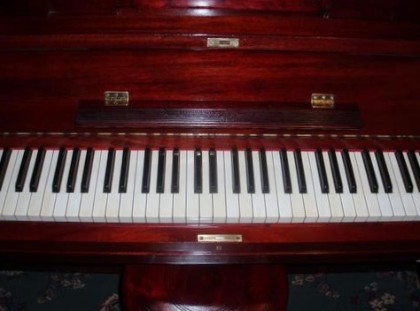
Ivory keyboard of a Stems of Dresden 'Grandiola' Circa 1908. Fully restored.
Gulbransen Combination Registering and Reproducing Recordo Electric Upright. Circa 1928. Fully restored
Fine American design and craftsmanship, Gulbransen were built in Chicago. There is little or no information regarding the fine cabinetry and carvings that this particular Triano model features. Mass produced conventional Gulbransen player pianos (Community & Suburban models) have no carvings and are relatively squared off in their architecture. I am aware of two other of this style in Australia, one identical in Tasmania and the other in central N.S.W, with similar cabinet, but no electric Reproducing Recordo system.
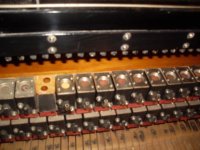
Unit valves in a Hupfeld Claviola (1924) Distinctive for its pillow or envelope style pneumatic pouches.
Pouches in an Aeolian player. There are 88 divided onto three boards within the stack.
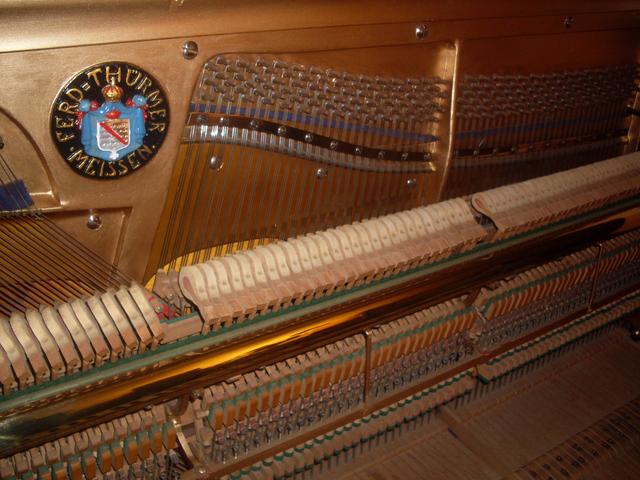
Piano action and plate detail, Thürmer piano fitted with Hupfeld Claviola Player action. German made piano of very high quality.
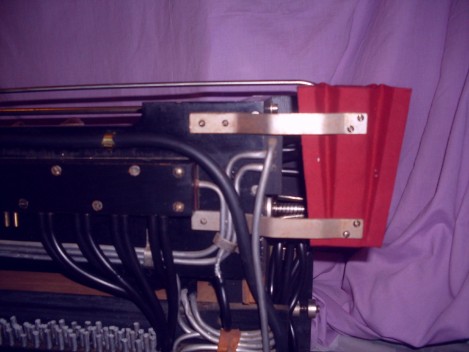
This is the back of the Spoolbox in the Thürmer. Re-built pneumatic tracker to the right and plenty of plumbing replaced.
Standard 88 note players
Most player piano makers produced standard 88 note players, usually with no automatic expression features, except the most basic automatic sustain. These were 'budget' machines, built to a price, but still well made and if operated properly, capable of extremely musical performances. Due to streamlining and cost cutting, 88 note players (while still maintaining an 88 note keyboard) were cut down to 84, 82 and 80 active notes, by removing the least played pneumatics in extreme bass and treble. This exercise had very little effect, if any, to the music, but saved cost of literally hundreds of thousands of individual pneumatic units and resulted in even higher profits for those companies who adopted this idea, eg. Gulbransen, Autopiano/ Standard etc..
These player pianos are usually capable of manual manipulation of expression by lever or pallet valve buttons and will reward any owner willing to learn how to operate the machine, with acceptable individualised musical interpretation. Well worth restoring!